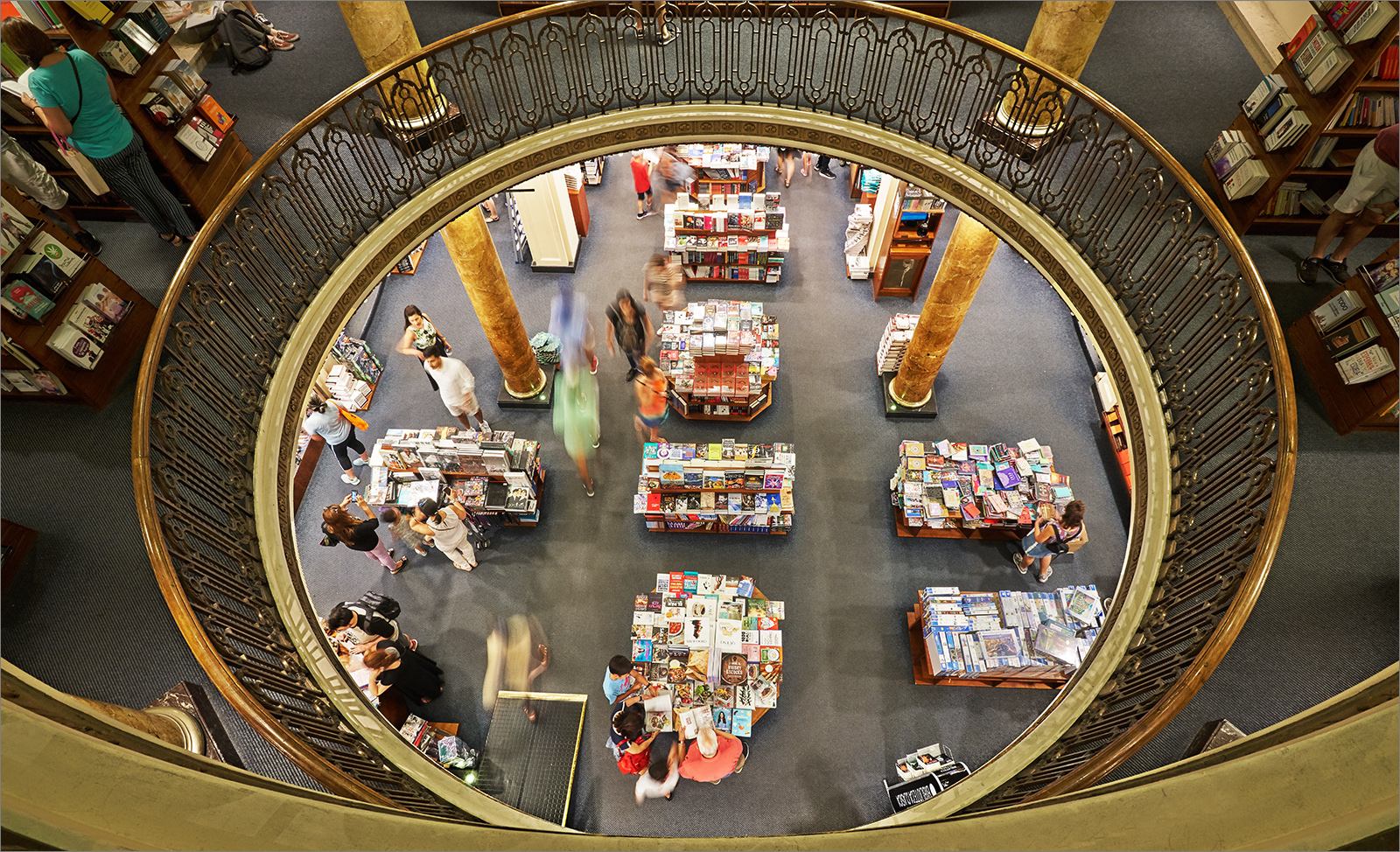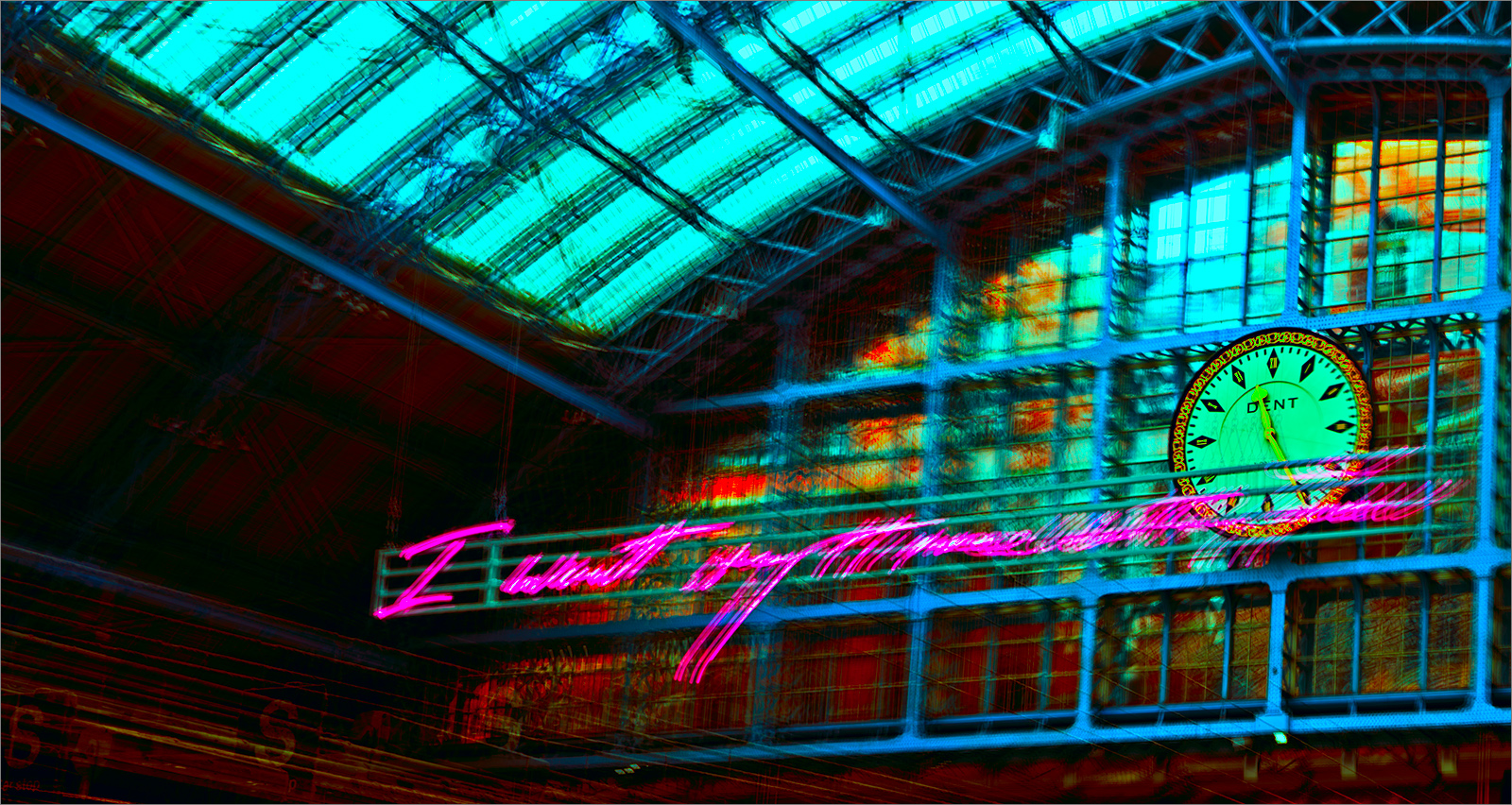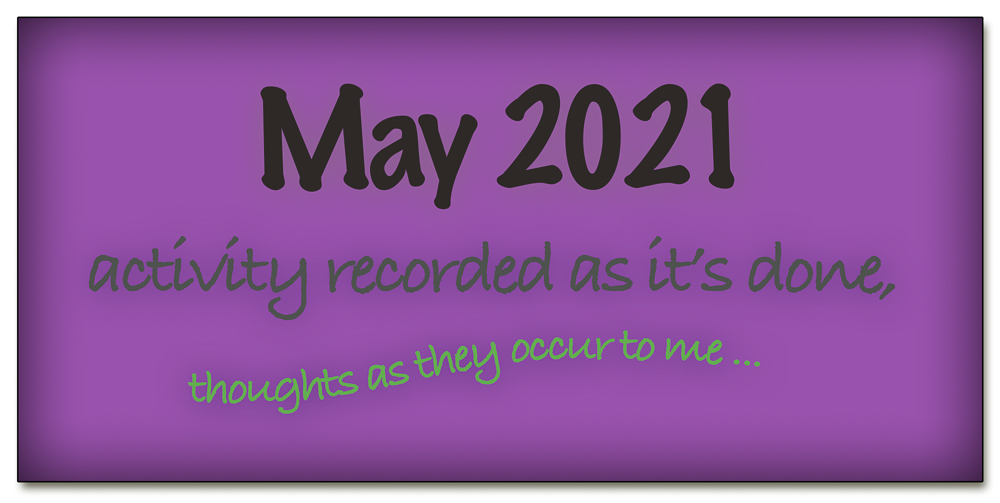
This journal records the day to day, hour by hour detail of my 10,000 hours studying the art of photography. This page contains contemporaneous notes from May 2021.
Hours 5,166 to 5,288
31st May
Hours 5,287 to 5,288
(1h) shooting morning cityscapes then family group shot in the afternoon.
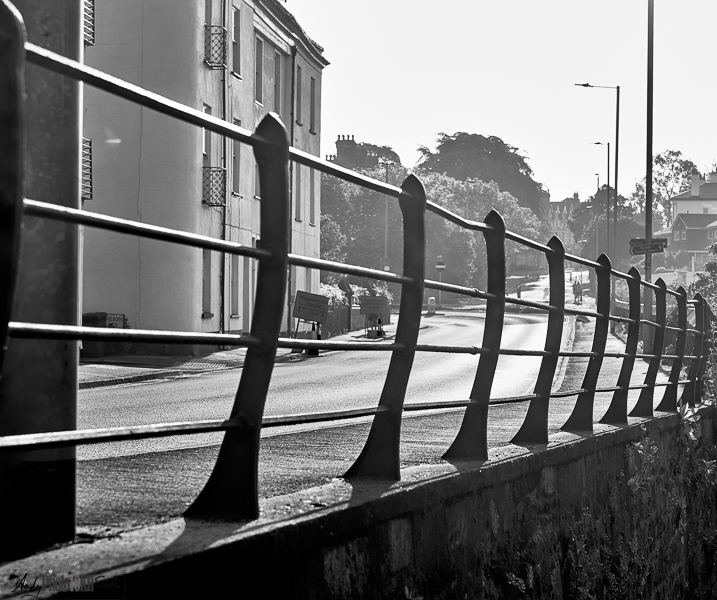
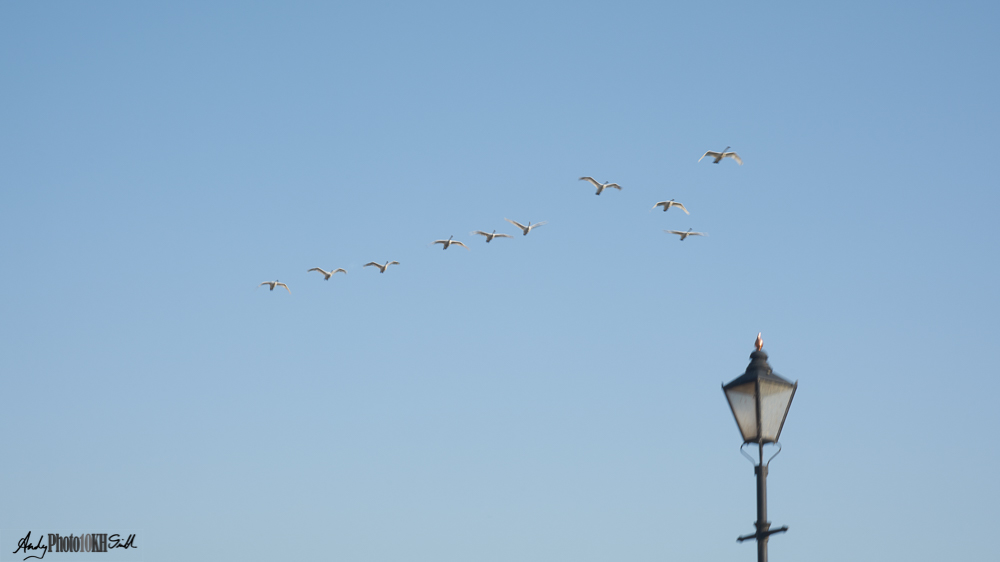
(1h) YouTube: first half of Andy Gray “Edits from a Much Simpler Time” – ICM and abstract editing, live. Very soft spoken editing of 5 ICM images sing different blend modes to create a JMW Turner like image.
30th May
Hours 5,285 to 5,286
(1h) Karl Taylor Education video “The Future of Cameras and Photography”

Universal objective of photography:
- communicate information
- evoke emotion.
My categorisation of photographic genres (see: “5,000 Hours – Half Way“) are nearly all sub-categories of Karl’s “Art” genre.
(½h) planning photography in Exeter.
(½h) starting to build a spreadsheet of photographic influences by genre to act as the basis for a revised “Top 100Photographers of All Time” post.
29th May
Hour 5,276
(
- Edward Weston – famous pepper image
- Imogen Cunningham
- John Mapplethorpe
28th May
Hours 5,281 to 5,283
(1h) processing the following image and sending along with the composite, created yesterday to Juliet at Amersham.
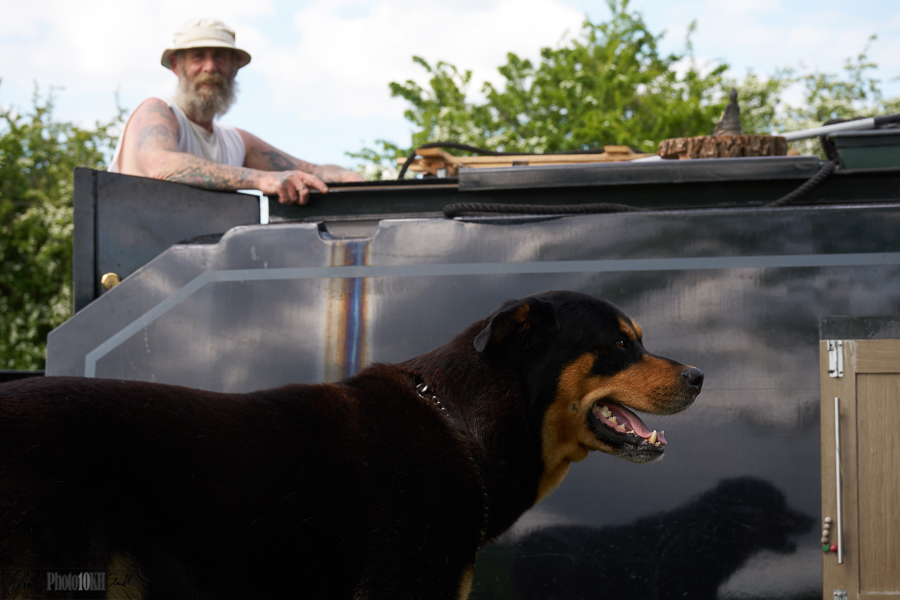
(2h) entering the Two Country FIAP Circuit.
27th May
Hours 5,2763 to 5,280
(1h) creating the following Triptych from images shot on the 25th. I like the moodiness and the gradual progression between the three constituent pictures. There is an awful lot of luck involved in ICM photography as the three photos were shot almost consecutively and selected from a total of only four exposures.
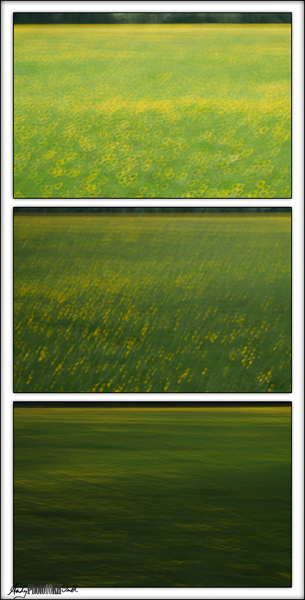
(½h) ICM PhotoMag video with Andy Gray – YouTube
- Photographic inspiration: Valda Bailey – awesome abstract photographer
- Biggest pictorial inspiration: JMW Turner – particularly his late paintings which were more impressionistic
- Also recommends drawing inspiration from literature.
(½h) researching and writing up the above.
(2h) with the Amersham Photographic Society – Photo walk to Tring and Marsworth Reservoirs
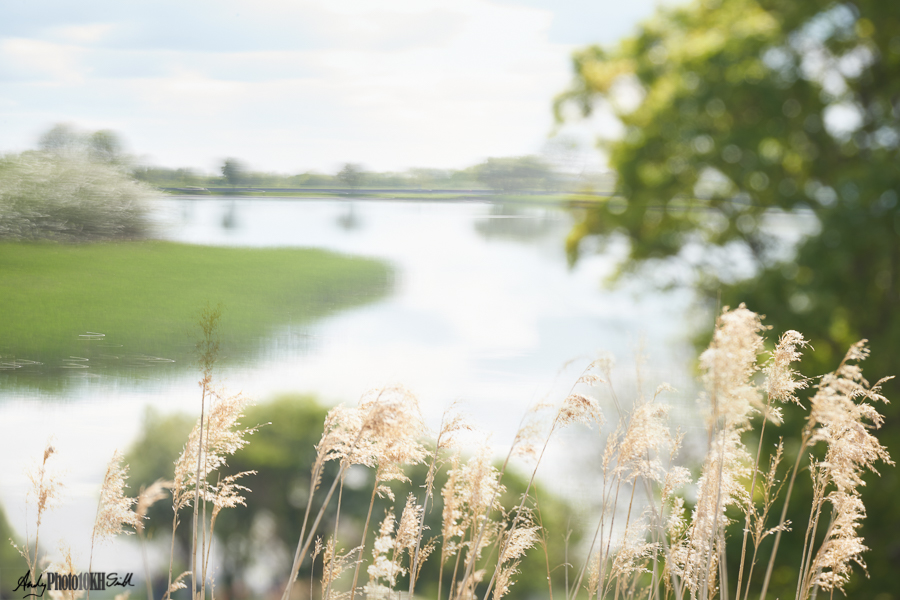
(1h) culling and processing images from today’s shooting including creating the following composite.
26th May
Hours 5,274 to 5,275
(½h) reviewing the answers for the ICM quiz yesterday and planning the meditative session for today.
(½h) updating this journal.
(1h) watching The Great British Photography Contest on the BBC.
25th May
Hours 5,269 to 5,273
(1h) completing the quiz for the ICMPhotoMag course and reviewing the images that were posted to the Facebook group yesterday.
(1h) YouTube: “Dali’s Secret Masterpiece: The Vision Of Hell” the mysterious story behind the painting of the apparition at Fatima.
(½h) learning about the ioptron SkyTracker
(½h) trying, and failing, to get a shot of Harley lying down with a book on his head. He was having none of it!
(2h) Stoke Poges Photographic Club – PDI Set Subject Finals – No skin in the game.
24th May
Hours 5,262 to 5,268
Minor Success Note:
- Received confirmation from FIAP that my AFIAP distinction has been approved.
(½h) updating this journal
(½h) watching the introductory video for the start of the Leeming and Paterson ICM course: Day #1.
(1h) shooting some ICM images in Hastings Meadow and Grey’s Field.
(1½h) YouTube:
- “Bauhaus design is everywhere, but its roots are political” the optimally simple Bauhaus font is a reaction to the ornate Fraktur font associated with the Nazis
- Discussing Cy Twombly Part 1 & Part 2, Sir Nick Serota and Dr Nicholas Cullinan of the Dulwich Picture Gallery compare Twombly (1928-2011 Abstract Expressionist) with Nicolas Poussin (1594-1665 French Classical Baroque); essentially claiming that Twombly was more classical than previously thought and Poussin more far progressive than previously thought
- Great Art Explained: “Monet’s Water Lilies” a memorial to the lives lost in the First World War.
(1½h) processing this morning’s images, uploading to the ICM course Facebook page and reviewing some of the other entries.
(2h) Amersham Photographic Society: Speaker – Ross McKelvey ‘A Talk of Two Halves’
Photoshop tips:
- “V5” adjust opacity, of an adjustment layer, etc., to 50%
- “B0” (zero) shortcut for brush tool at 100%
- shift click with the brush will create a straight line from where clicked previously. Good for removing halos.
Great work on creating a gritty B&W male portrait – worth rewatching. Ross McKelvey YouTube channel.
Crop to extend a canvas, click “content aware”.
New photoshop filter to soften faces.
Photospeed, PF Lustre – favourite standard paper.
23rd May
Hours 5,260 to 5,261
(1½h) processing the multiple exposures shot on the 20th.
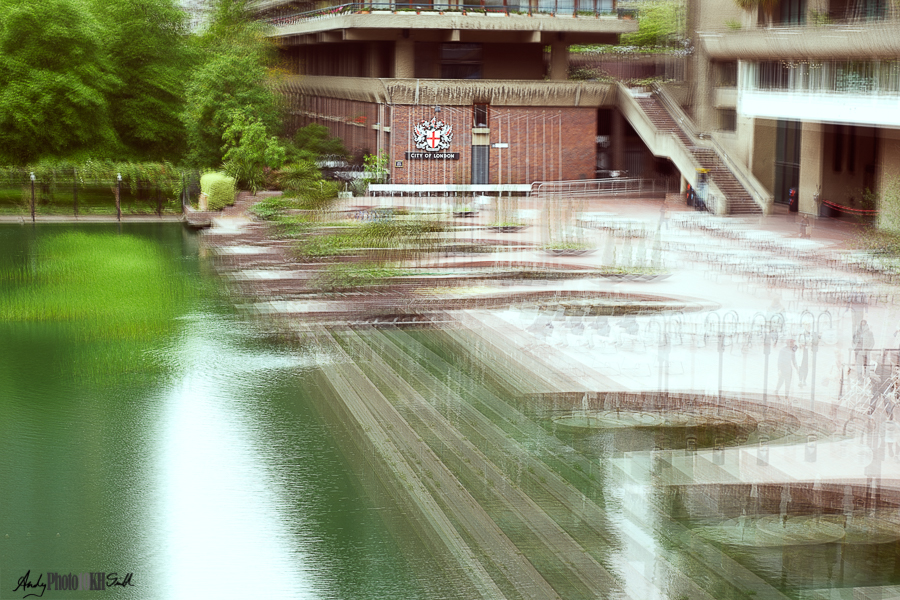
(½h) writing up this journal.
22nd May
Hours 5,256 to 5,259
(2h) preparing individual image and updating the Statements of intent before emailing to Chris Palmer for a bit of informal advice about which panel/ area to pursue.
(1h) learning to use my new iOptron Skytracker Pro.
(1h) YouTube including:
- Sean Tucker – “Stuck in Liminal Space“
- “Cy Twombly – American Abstract Expressionism“
- “The Secret Side os Sir Isaac Newton“
21st May
Hours 5,244 to 5,247
(1½h) creating the perfect zoom background from yesterday’s British Library image which has:
- overall even tonality
- absolutely neutral colour, i.e., a full blurred image is a neutral 50% grey
- blurred so that I stand forward from it
- enough texture and colour so that it is recognisable as a bookshelf.
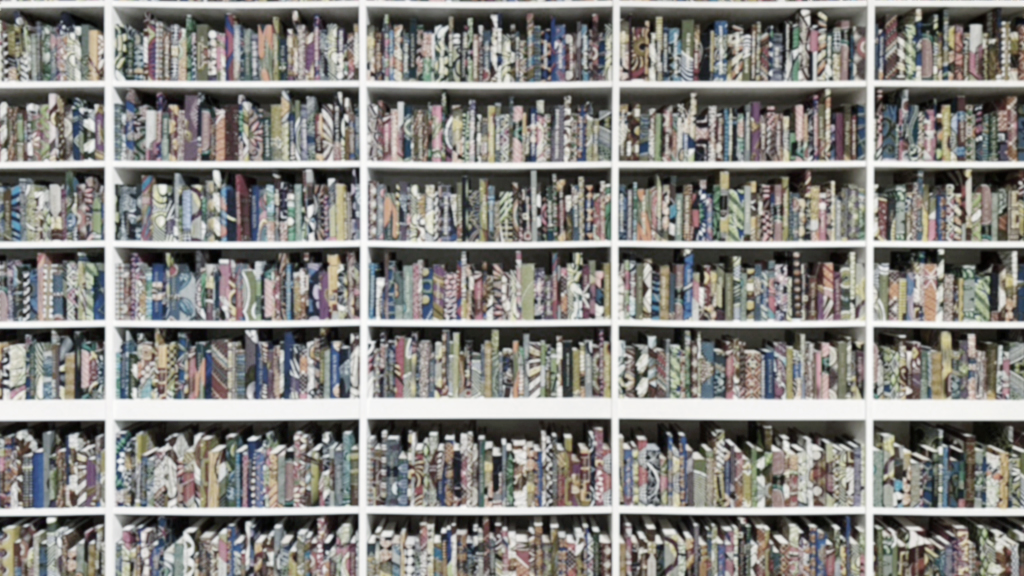
Balance across the above image was achieved by:
- temporarily adding extreme gaussian blur; stamped layer converted for smart filters
- adjusting the overall levels to neutral grey using the colour channels of a curves adjustment layer
- monitoring values in the corners using the Colour Monitor Tool (see YouTube: “How to Make the Most of the Info Panel“)
- adjusting the levels in the corners using the colour channels of curves adjustment layers with horizontal and vertical gradient masks
- lowering the level of gaussian blur so that the image become recognisable.
(2h) YouTube:
- Yale University lecture: “Representing Counterculture: Selections from Exit Art’s Print Portfolios“
- BBC Documentary: “100 Years of Bauhaus” including the idea that shapes and colours are essentially linked:
- all squares are intrinsically red
- triangles, yellow
- circles, blue.
(½h) writing up the above.
20th May
Hours 5,246 to 5,251
(1½h) Jean Dubuffet exhibition at the Barbican Centre, London.
(1½h) at the Tate Modern, general collection where the Rothko room has been moved to the Tate Britain and the space use for some large pieces from Cy Twombly.
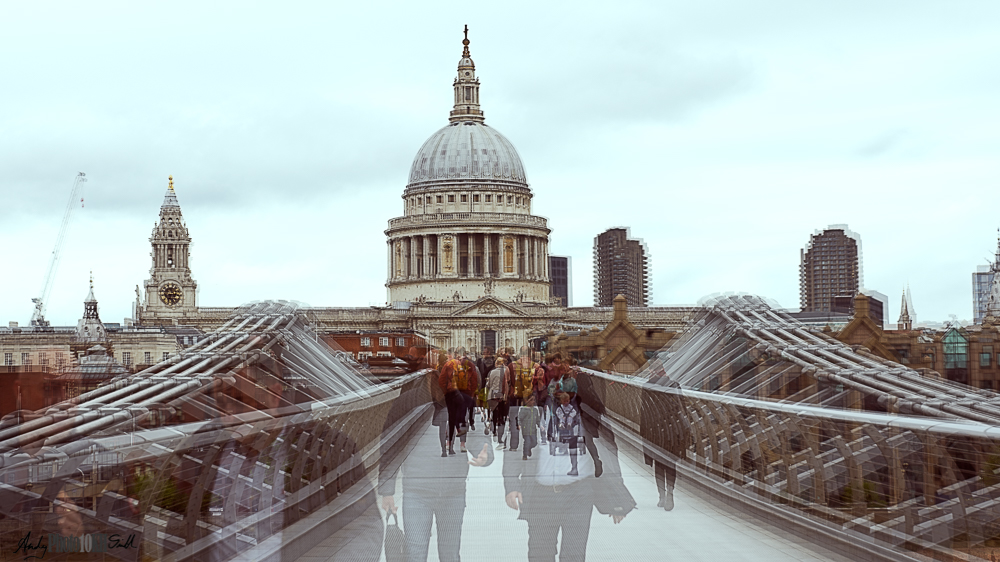
(½h) shooting some multiple exposures plus the following which I thought it would make a good zoom background.
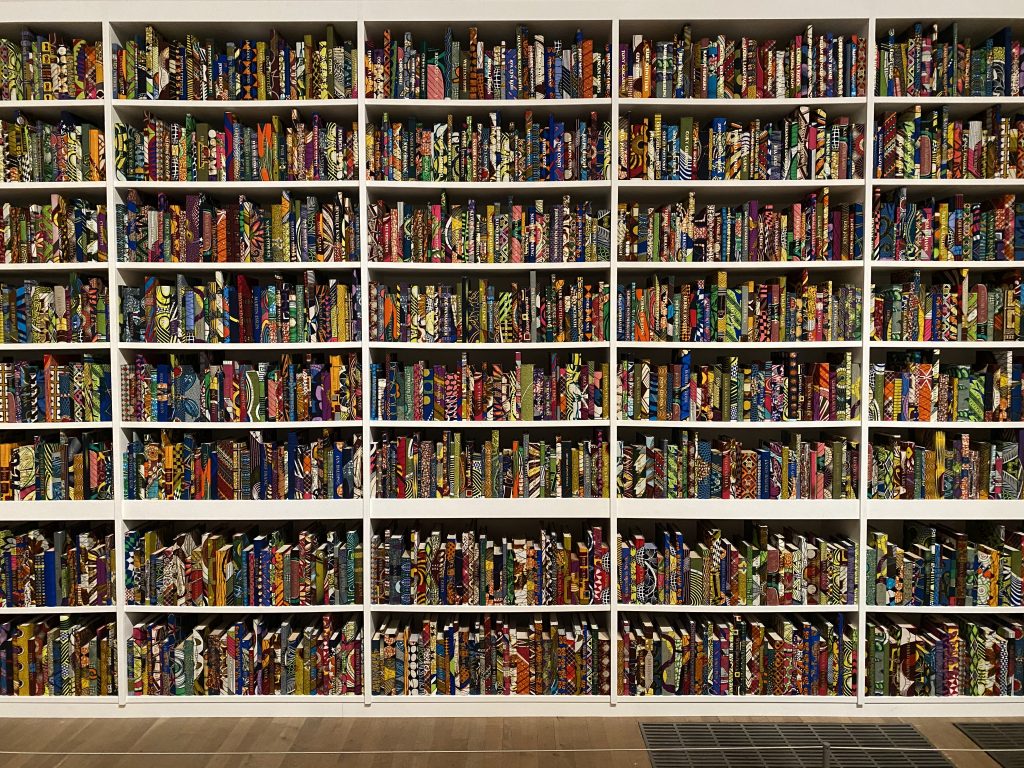
(2h) Amersham PiC Group works from:
- Roger Wotton FRPS
- Steve Hunter FRPS
- Chrissi Ratcliff
Notes on successful panels:
- Very high quality presentation
- Obvious consistency between the images
- Yet absolutely no repetition – shots from many angles
- Consistent aspect ratio, usually square
- Images must support the Statement of Intent, and both much fit the criteria of the.
The Associate distinction requires applicants to submit a body of work/project consisting of 15 images and a written Statement of Intent and a Presentation Layout. The images must be of a high standard.
Associate Criteria
- A Statement of Intent that defines the purpose of the work, identifying its aims and objectives.
- A cohesive body of work that depicts and communicates the aims and objectives set out in the Statement of Intent.
- A body of work that communicates an individual’s vision and understanding.
- A high level of technical ability using techniques and photographic practices appropriate to the subject.
- An appropriate and high level of understanding of craft and artistic presentation.
Landscape Photography: Photography that illustrates and interprets earth’s habitats, from the remotest wilderness to urban environs.
(½h) writing up the above.
19th May
Hours 5,243 to 5,245
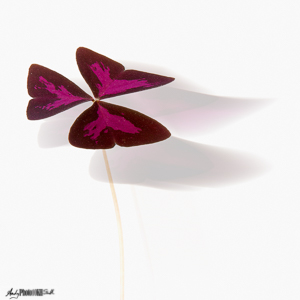
(1½h) creating the following path blur experiment, to the left. Key elements include:
- copy background layer and enlarge image
- convert for smart filters
- filter blur gallery – path blur filter
- minimal taper
- adjust the “end point speed” of each end of the path
- OK to save
- reduce opacity of the blurred layer to c. 25%
- mask blurred layer, using a luminosity mask created from the sharp layer, so that the blurry bit doesn’t interfere with the subject of the image.
(1½h) YouTube: “Bauhaus: Art as Life – Talk: An Insider’s Glimpse of Bauhaus Life” by Nicolas Fox Weber, Director of the Josef and Anni Albers Foundation.
18th May
Hours 5,237 to 5,2421.5
(1h) practicing use of displacement maps in Photoshop, as suggested by John Humphrey yesterday evening, to create the following, old image of rose displaced by some tree bark, without any blurring:
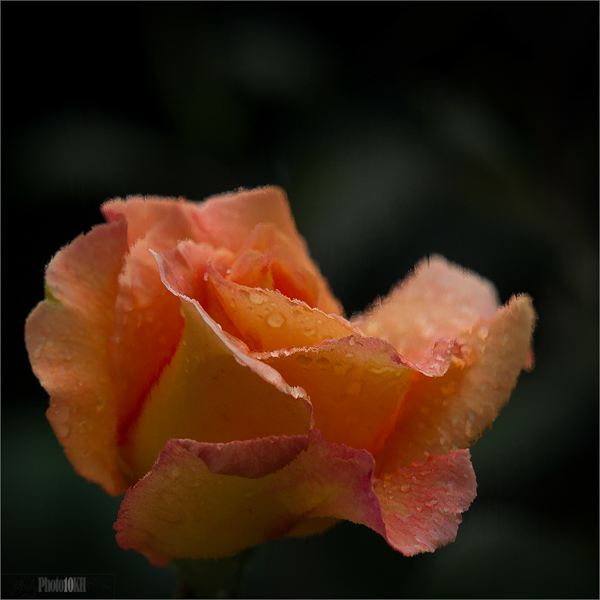
(½h) shooting buttercups in Hastings Meadow.
(½h) learning about photoshop path blur filter through the YouTube.
(1h) YouTubes:
- “Basquiat, Twombly and Dubuffet” – “If Cy Twomby and Jean Dubuffet had a child and had it adopted, that child would have been Jean-Michel Basquiat” very pleased that his confirm my contention of yesterday: that JMB was influenced by Dubuffet.
- Art Documentary: “Paul Klee”
- Klee was originally a musician and formally trained in art history and philosophy
- Painting that are freed from the need to be objective in the same way that music is
- Simplicity of structure
- I appreciate Klee’s art much more after having watched this video.
(½h) Forum club discussion “What’s next in Art?” in particular use of NFTs and blockchain technology. Presentations by Jennifer Schipf and Bernadine Bröcker.
(½h) processing the Buttercup images below:
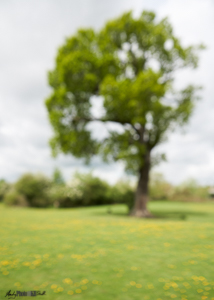 | ….. | 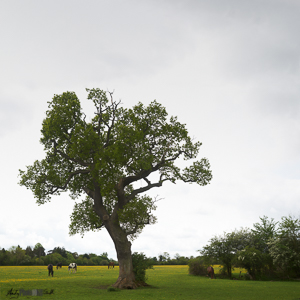 |
| Impressionist | Tree, horses and buttercups |
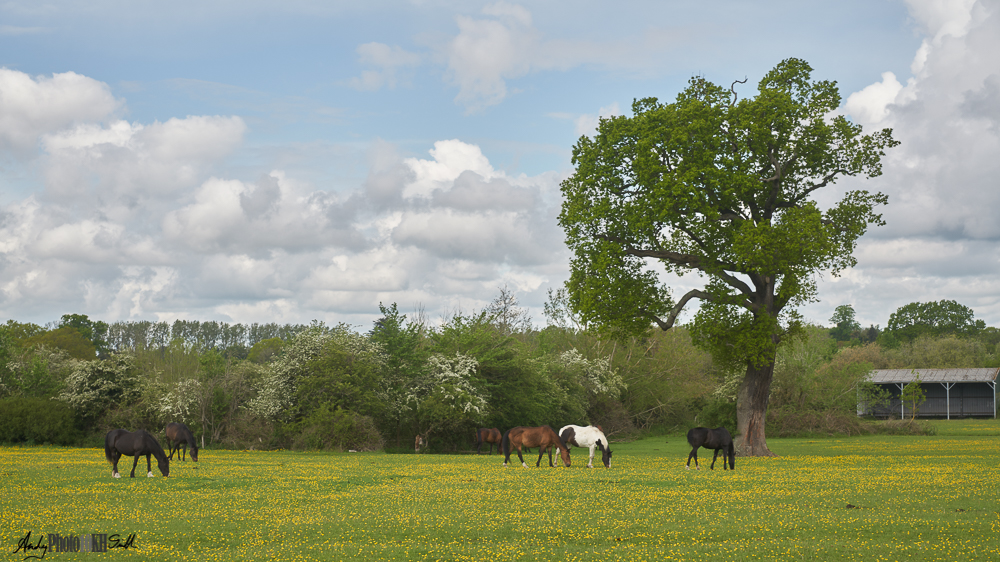
(2h) at the Stoke Poges Photographic Club – “Print” (PDI) Open finals, including my images below:
| Image | ….. | Comments |
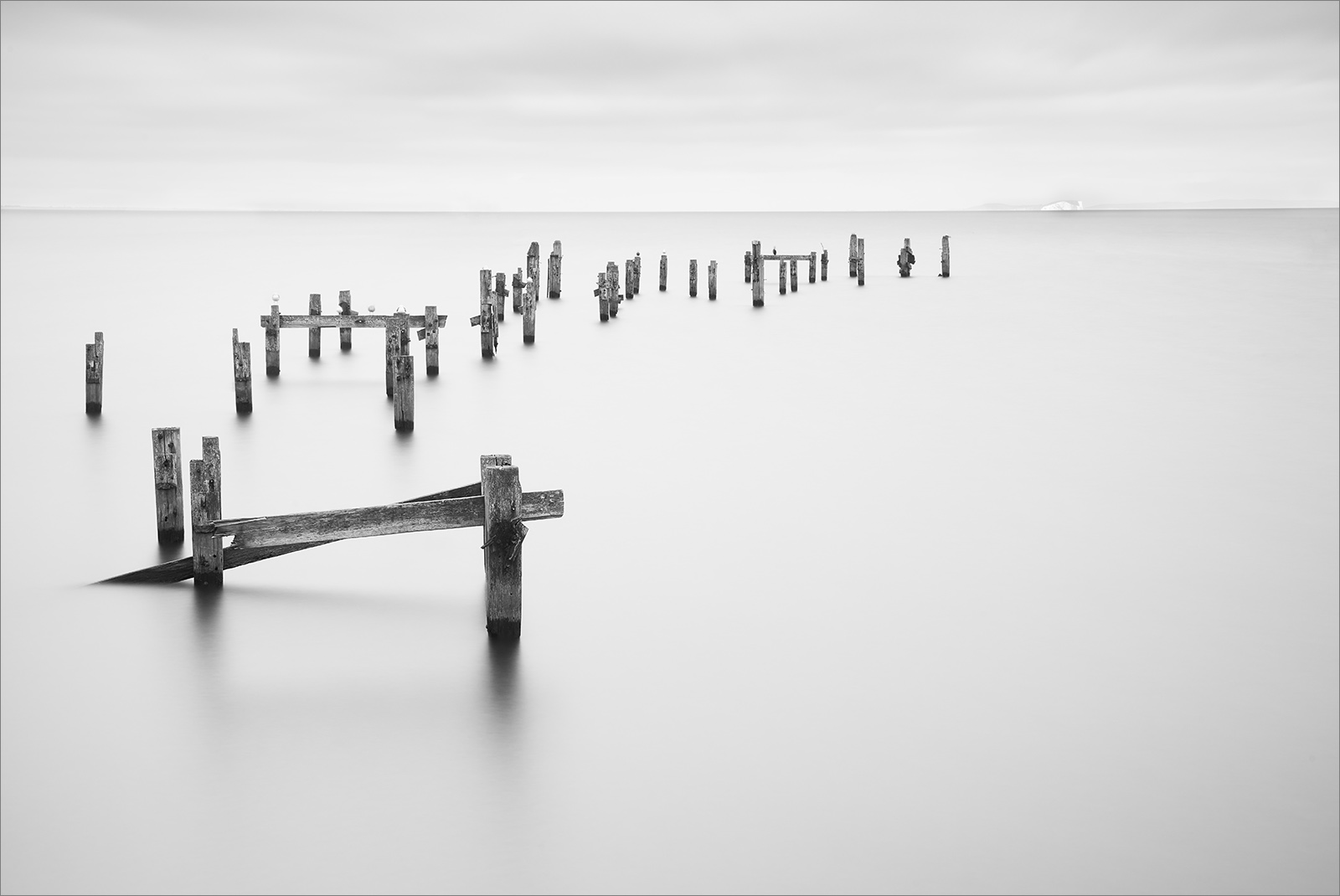 | “Minimalist Old Pier Swanage” Seen lots of these before: “an old friend”. 16 Somehow I have lost the seagulls’ heads. | |
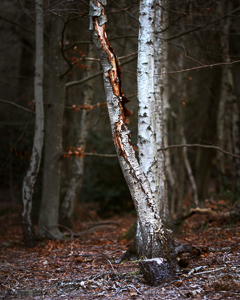 | “Next in Line” 14 Sides of the image are too bright and detract from the line of silver birch that are the subject of the image | |
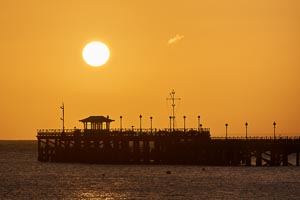 | “Orange Morning Swanage” Held back – 18 Perhaps should have tried to simplify by soothing the sea with a longer exposure. |
17th May
Hours 5,232 to 5,236
(2h) art YouTube:
- Great Art Explained: “The Great Wave off Kanagawa by Hokusai“
- created 1831 as a woodblock of which numerous original prints exist
- result of the influence of western art on the traditional Japanese at the end of the Edo period (which started in 1639) when a couple of Dutch trading ships per year were allowed to visit the country
- it is the presenter’s contention that The Great Wave was a major influence on Van Gogh’s Starry Night (1889).
- Portland Art Museum: “Francis Bacon lecture by Bruce Guenther“
- “Revisiting Jean Dubuffet’s 1951 ‘Anti-cultural Positions’ Lecture“
- post war iconoclast who fought against the dominant trends in the art world
- created the term “Art Brut” as a positive description of art which results from an artists passion and vision rather than their classical training
- his own work was influenced by what was previously known as primitive art, e.g., cave paintings and tribal art of the indigenous people from various countries across the world, together with the nascent graffiti of the time (see History of Street Art)
- it is my contention that he was an influence on the work of Jean-Michel Basquiat.
Art addresses itself to the mind, and not to the eyes. It has always been considered in this way by primitive peoples, and they are right.
Jean Dubuffet – 1951, lecture to the Chicago Arts Club
(½h) writing up the above.
(½h) planning galleries for the front page of this website; a redesign that will show off my work as the entry page. In most cases I will need 20 consistent portfolio quality images for each gallery.
(2h) Amersham Photographic Society – lecture by John Humphrey: “Close-up & Macro Photograph”
- Marbling paint – floats on water, great for abstract photography
- Garlic great for still life due to its crispness
- Copy stand, laboratory jack, focusing rack
- LED Lightbox
- tape stem of flower to box with duct-tape, before filling with water, when doing ice photography
- use photoshop filters on low resolution images or displacement mapping
- desaturate by adding a B&W layer and adjusting the opacity – provides a “crisper” result
- try path blur in photoshop
16th May
Hours 5,228 to 5,231
(3h) finishing the following alternative potential A Panels, updating Statements of Intent and sending to Steve Smith FRPS for potential inclusion in this week’s PiC Group meeting.
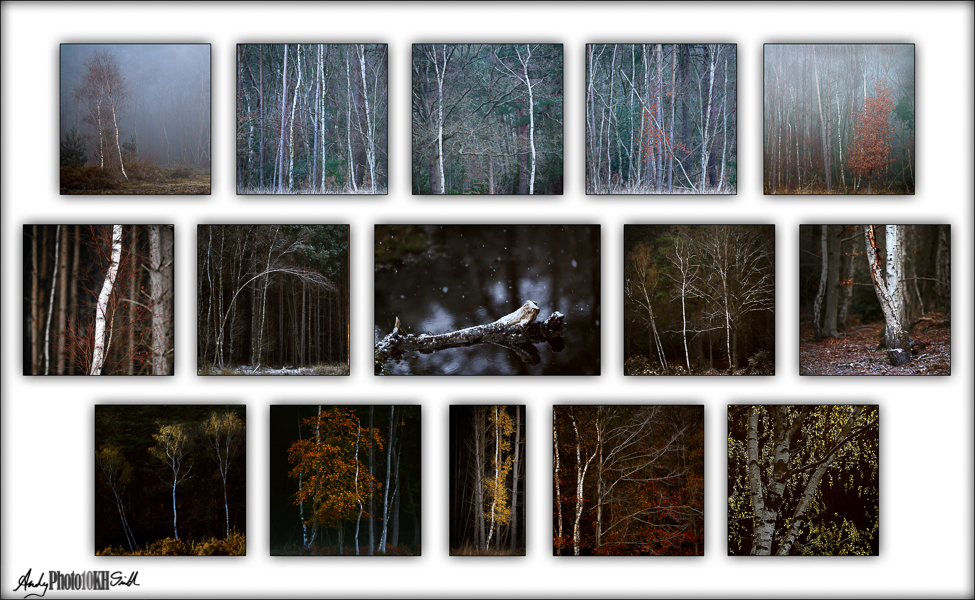
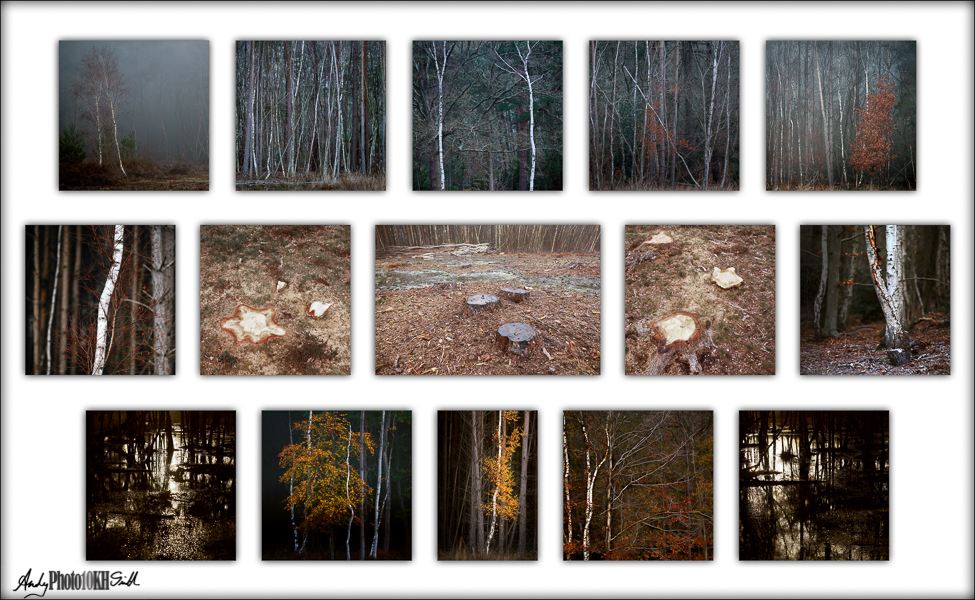
(1h) YouTube:
- Nigel Danson: “Bluebell Photography“
- Tate Gallery Retrospective: “Francis Bacon 1985“.
15th May
Hours 5,226 to 5,227
(1h) working on the second version of my A Panel.
(1h) YouTube:
- Art History: “Understanding Surrealism“
- “Joan Miro: The Ladder of Escape“
14th May
Hours 5,222 to 5,225
(1h) watching the Karl Taylor webinar on condensation on a glass for the latest challenge. Key elements:
- 1 part liquid glucose (or corn syrup) two 2 parts water
- Plant type spray for the above
- Artist’s gloss varnish spray. (leads to more rounded and aesthetically pleasing droplets).
(1½h) YouTube:
- “The difference between Leonarno da Vinci, Michelangelo and Raphael“
- the masters of “High Renaissance” art and all polymaths
- all Italian and overlapped in time:
- Leonardo da Vinci (1452 – 1519)
- Michelangelo (1475 – 1564)
- Raphael (1483 – 1520)
- all apprenticed to artists at a young age (to acquire their, 10,000 hours)
- Michelangelo was an introverted, reclusive, control freak; whereas Leonardo Da Vinci and Raphael were extroverts who used a lot of assistants
- “Joan Miro – Surrealism” – how to draw like Miro and what each element means
- “Joan Miro (1893-1983)“
(½h) writing up the above.
(1h) colour toning images for possible including in an alternative A Panel.
13th May
Hours 5,217 to 5,221
(2h) working on a parallel revision to the A Panel based on Vic Attfield’s comments of last week including a new Statement of Intent.
(1h) Karl Taylor Education – Briefing for Challenge #5: Coca-cola can and glass with coke being poured from a traditional bottle. Positioning, lighting, etc. all predefined.
(2h) Amersham Mono group where my photos processed on the 10th were presented and generally well received.
12th May
Hours 5,214 to 5,216
(1h) processing yesterday’s horse images into B&Ws.
(1h) YouTube: Voices on Art “Francis Bacon: Late Paintings” lecture from The Museum of Fine Arts, Houston, by Didier Ottinger, from the Musée national d’art modern at the Pompidou Centre, Paris. Focus, the artist’s influences during this period:
- T.S. Elliot
- W.B. Stanford “Greek Tragedy and the Emotions”
- Nietzsche – particularly the book “The Birth of Tragedy” and the conflict between the central forces in art:
- Dionysis: god of wine, music, excessive pleasures – things without shape
- Apollo: god of beauty and order – shape
- Andre Masson – Surrealist painter
- Michel Leiris – Surrealist writer, or writer about surrealism
- Marcel Duchamp
- Man Ray – fascination with dust, which Bacon describes as “the only eternal thing.”
(1h) writing up this journal – mainly the above notes.
11th May
Hours 5,209 to 5,213
(1h) 5am shooting Stoke Common – cold, slightly misty morning; trying to get some potential replacements for my original A Panel.
(½h) reviewing the accepted images in the Riedsheim Salon in France of which I had 4.
(2h) YouTube:
- “Francis Bacon: five decades by curator Anthony Bond“
- Viruosu Art Gallery: “Arshile Gorky“
- Great Art Explained: “Mona Lisa“
- Great Art Explained: “Michelangelo’s David“
- “How not to suck a colour” 5 colour theory tips in the context of graphics design:
- colour harmonies: analogous, complementary, split complementary, etc.
- neutral colours: the supporting cast for the main colours, e.g., black, grey, or other muted/ desaturated colours – these are the negative space that make the main colours stand out
- less is more
- contrast – tonal contrast makes the colours stand out – brightness is as important as hue (low contrast terrible for text)
- aim for balance – possibly: 60% main colour, 30% neutrals, 10% accent colours.
- “Existentialism: Crash Course Philosophy #16“
(1½h) culling and processing yesterday’s horse photos in Capture One.
[Two hours at the Stoke Poges Photographic Club’s AGM, but this doesn’t count as deliberate practice in the context of this project.]
10th May
Hours 5,202 to 5,208
(½h) updating this journal.
(1h) creating images for Thursday’s Amersham Mono group.
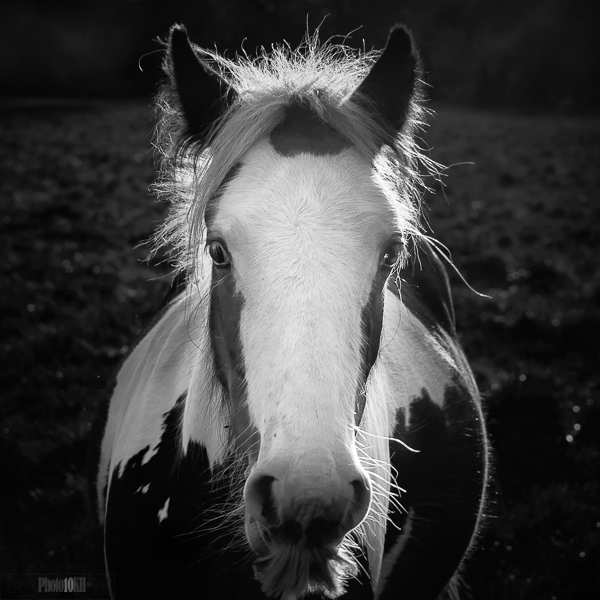
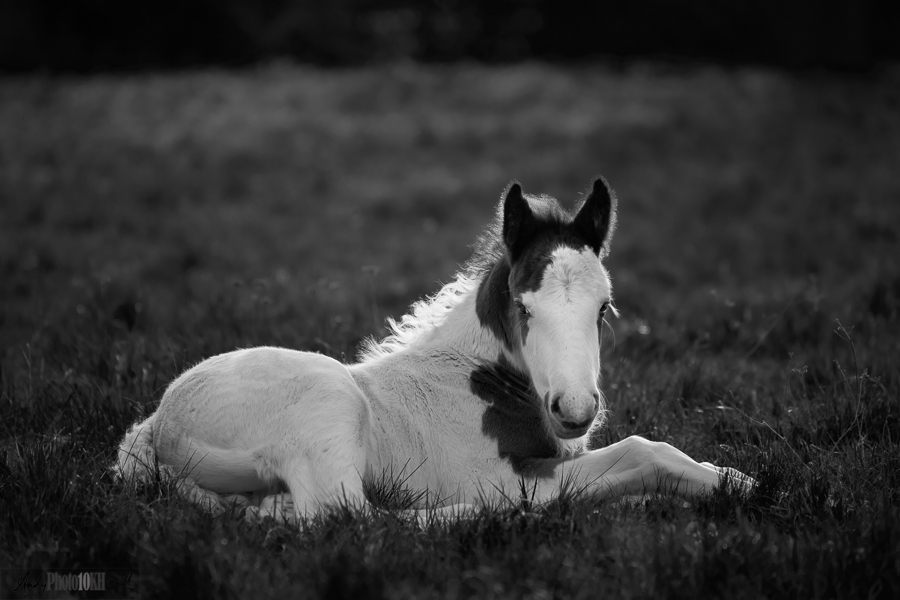
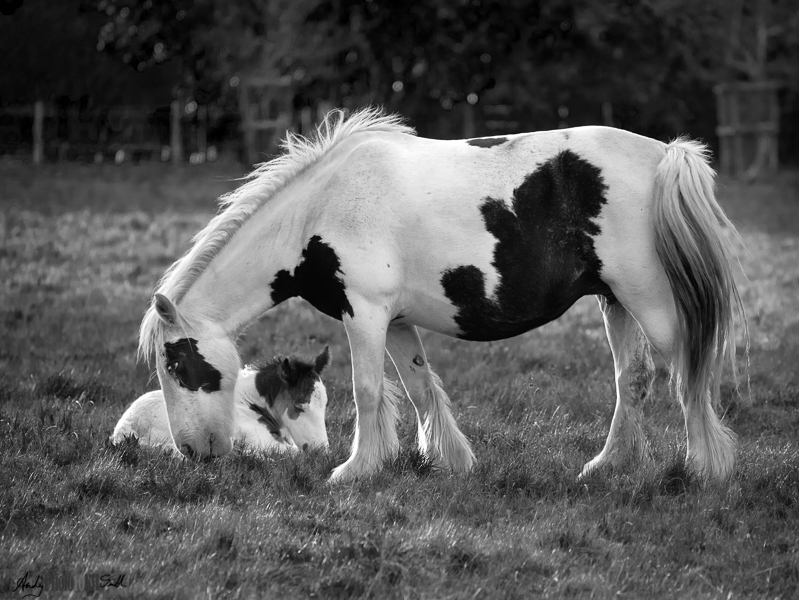
(2h) YouTube:
- Great Art Explained: “Auguste Rodin’s The Thinker” (1840-1917)
- Trained in France and was a second rate sculptor working on public buildings, etc.; working in the evenings on his own projects but achieved no success or recognition; until he made a trip to Italy to study the works of Michelangelo (1475-1564) which was transformative
- First version of “The Thinker” was thought to represent Dante the Italian poet, writer and philosopher with seminal views of heaven, hell and purgatory
- There are at least 28 “Originals” versions of “The Thinker” each time Rodin was apparently trying to improve upon his ideas. He also made a lot of money by having assistants do most of the work such that several versions were completed after his death.
- TED: Angela Lee Duckworth “The Strongest Predictor for Success” – in short Grit – Longer version available in her book – which I might buy (wary always of my totem pole of shame – the books I have bought and am as yet to read)
- Documentary with Brian Sewell: “Hieronymus Bosch” (c. 1450 – 1516)
- Very little known about his personal life including his date to birth to ±10 years
- Painted mainly triptychs for use as alter pieces
- Most known for moral depictions of sin and hell, particularly punishment delivered in hell
- Most famous works The Garden of Earthly Delights & The Temptation of St. Anthony
- Major influence on the Surrealist movement which he preceded by at least 400 years, yet demonstrated much commonality including:
- Painting directly from the imagination
- Invented landscapes
- Distorted and abnormally deformed figures, plus imaginary animals and human/beast
- However, surrealists claimed to work by “pure psychic automatism … outside of all aesthetic and moral preoccupation” (Surrealist manifesto), Bosch worked to convey a harsh moral message.
(1h) writing up the above.
(½h) shooting horses at sunset in Grey’s Field.
(2h) Amersham Photographic Society – ad hoc competition judged by Antonio Olmos.
9th May
Hours 5,199 to 5,201
(½h) updating this journal.
(1½h) YouTube:
- Nigel Danson: “One thing I wish I had learnt sooner in photography” in short to but the camera down once arriving at a scene, look around and spend more time observing.
- various on Carl Yung
- Yale Uni: “Utopia and Dystopia in Modern European Art” – constructivist art from Germany and Russia immediately following the second world war. The Russian interpretation of “constructivism” included that of art as a noble labour on a par with bricklaying.
- Daniel Wretham: “Sunrise Shoot | Landscape Photography | Boscombe Pier“
- Daniel Wretham: “Sunset | Evening Hill“
(1h) reading the biography of Jackson Pollock.
Minor Success Note:
- My first reference from another website: “My Successful LRPS Resubmission” post was referenced by John Gough on his “LRPS Examples” page.
8th May
Hours 5,195 to 5,198
(½h) preparing for a call with Vic Attfield.
(½h) call with Vic – he didn’t like the latest version of my A Panel “too dark and depressing, the original version tells a compelling story.” Several images to adjust, but in general start from the previous panel and Statement of Intent.
(1h) working on a revised panel.
(1½h) YouTube:
- AI Upscaled Documentaries: “The Art of Francis Bacon“
- Sean Tucker: “Photography Composition: Thinking Beyond the Rules”
- What draws the human eye – light, saturation, contrast and focus
- Thinking in 3 Dimensions – foreground, mid-ground, background
- Shape of the Frame – conveys a sense of style/ atmosphere:
- Square – contemporary
- 4×5 – classic
- 16×9 – cinematic
- 3×1 – expansive
- etc.
- Placing Elements – on thirds for emphasis, but elsewhere for a more original look.
(½h) writing up this journal.
7th May
Hours 5,192 to 5,194
(1h) creating a new version of my A Panel below, just reversing images 11&12 and 14&15; updating the Statement of Intent and sending to Vic Attfield for comment.
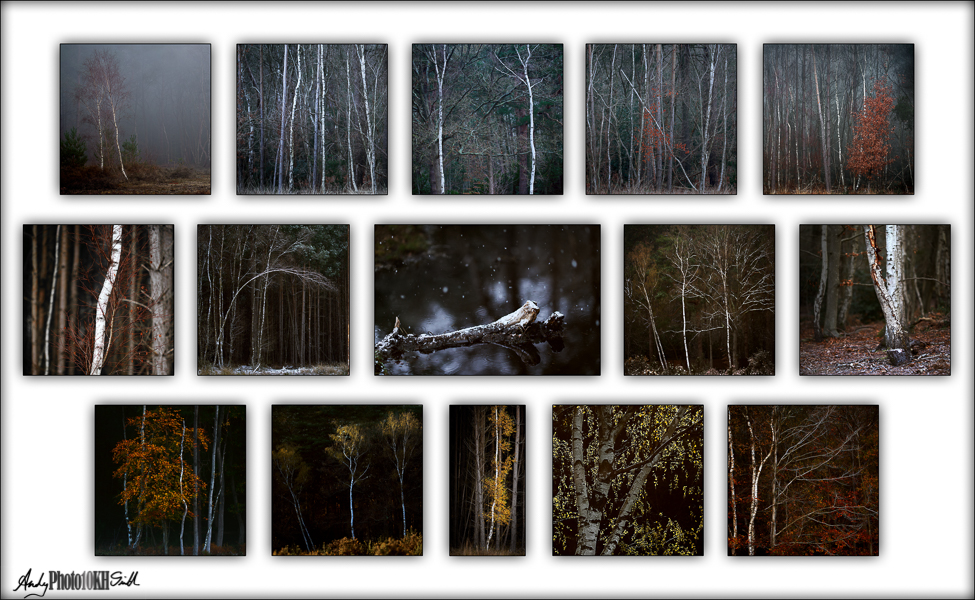
(1h) Karl Taylor Education: “Creating Artificial Shadows in Photoshop”
- Cut out the product using a selection with a 1 or 2 pixel feather
- In general need 3 levels of shadow: overall, mid and ground
- Create each as a new layer silhouette of the product, blurred using Gaussian blur. moved and lower the opacity
- Adjust opacity and position of each by eye
- Combine all shadows in a group so that the overall opacity can be reduced.
(1h) exploring Karl Taylor’s Favourite Photographers astonishing collection. Note to self keep coming back to this link. Today’s favourite, Peter Lippman:
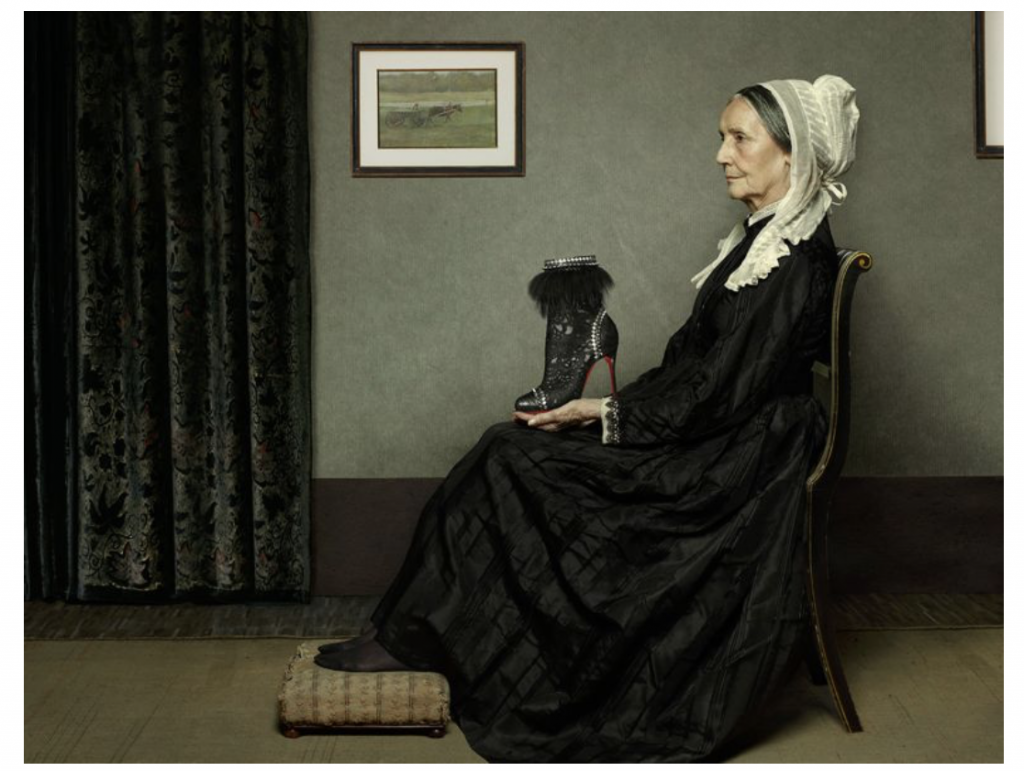
Based on “Whisler’s Mother” below
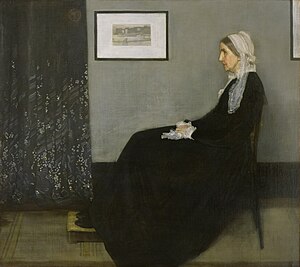
6th May
Hours 5,184 to 8,1911
(½h) Updating this journal.
(1½h) processing Tuesday’s Mother and Foal images.
(1h) YouTube:
- Great Art Explained: “Jean-Micheal Basquiat’s Untitled Skull” – an image which apparently says everything the 22 year old JMB wanted to say ‘about America, about art, and about being black in both worlds’
- Nathanial Drew: “I tried Picasso’s (incredible) daily Routine” – preserve big blocks of time for solitary work
“Without great solitude, no serious work is possible.”
Pablo Picasso, on his dislike for being interrupted when working.
- The Photographer’s Eye: “The Key To Seeing ‘Secret’ Photos All Around You” – 6 tips:
- Searching – this is the key, always be looking for the visually interesting or unusual
- Ignoring your senses – ignore all senses other than what you cans through the viewfinder to access if a scene is interesting
- Fragments – identify the key elements that are interesting, the more abstract the image, the more work the viewer has to do to understand it and the more depth it is said to have
- Context is everything – changing this can often surprise and delight a viewer
- Seek unusual relationships – use a camera to compress or exaggerate distance
- Viewpoint – essentially, get away from eye-level shooting and find something more interesting.
- Philosophies for Life”Friedrich Nietzsche – How to find your inner Genius”:
- Be yourself – be aware of and break free from the chains of opinion and fear. Genius lies in understanding and working on:
- What has ever uplifted by soul?
- What truly makes me happy?
- Be a genius of the heart:
- Be aware of your subconscious
- Use free association for self analysis
- Never sensor your own (private) journal
- Evaluate situations on the basis of emotional pros and cons
- Protect your genius from the herd:
- Society’s rules and standards create conformity
- Be aware and find a source for individuality and creativity
- Work in spite of opposition.
- Genius is no accident
- Disregard the popular and work on what really lights your flame
- Conformity rarely matters
- Don’t resent geniuses if you want to become one:
- The term “genius” is usually used to protect our own ego by pretending that somebody else’s abilities are beyond our own regardless of the amount of work we put in as they have some god-given unique talent
- The reality is that genius come from hard work
- Learn to be diligent:
- Greatness requires time and effort
- Learn to make the parts carefully before even daring to work on the whole
- Perfect individual talents
- Be grateful and clean:
- Humble and gentle with other people
- Never compromise for monetary gain.
- Be yourself – be aware of and break free from the chains of opinion and fear. Genius lies in understanding and working on:
(2h) working on the following new version of my potential A Panel and sending to Vic Attfield for comment.
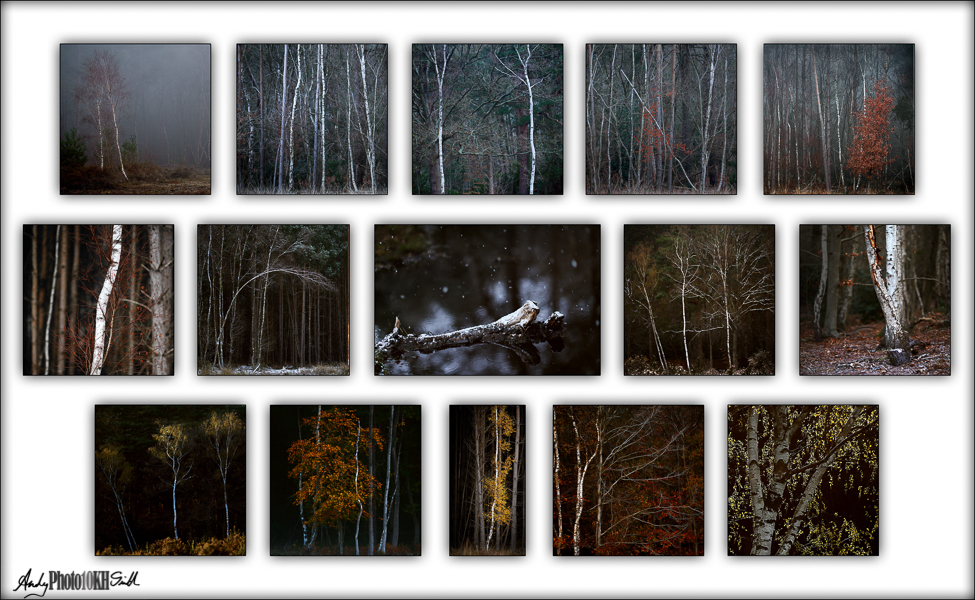
(1h) Frontline Club: “THE DNA OF THE ICONIC IMAGE”
(2h) Amersham Beyond group.
5th May
Hours 5,182 to 5,183
(1½h) culling (from 535 to 15) the shots of Mother and Foal from yesterday; in Capture One then exporting to Lightroom. Editing 2 images in Photoshop for inclusion in this journal.
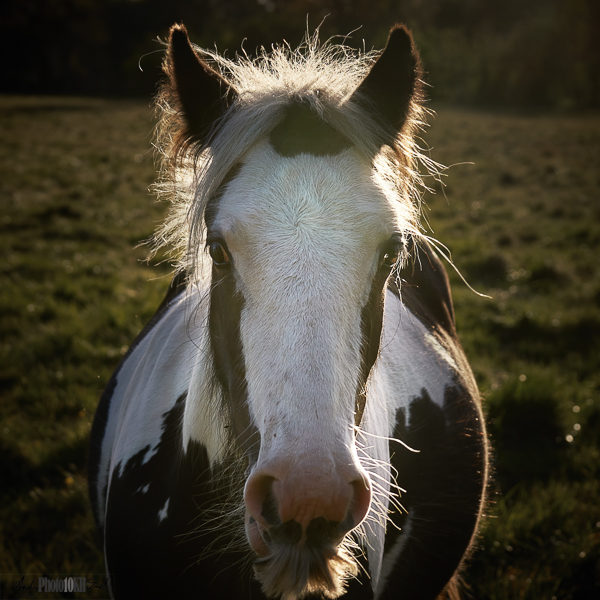
(½h) updating this journal.
4th May
Hours 5,177 to 5,181
(1h) carrying out the Ted Forbes composition exercise from this YouTube, watched yesterday.

Exercise in figure background relationship.
To see how this works in relation to photography see the works of André Kertész and Henri Cartier-Bresson.
(1½h) YouTube:
“A painting is not a picture of an experience, it is the experience.”
Mark Rothko
(½h) shooting horses at sunset, particularly the newly born foal and it’s mother below.
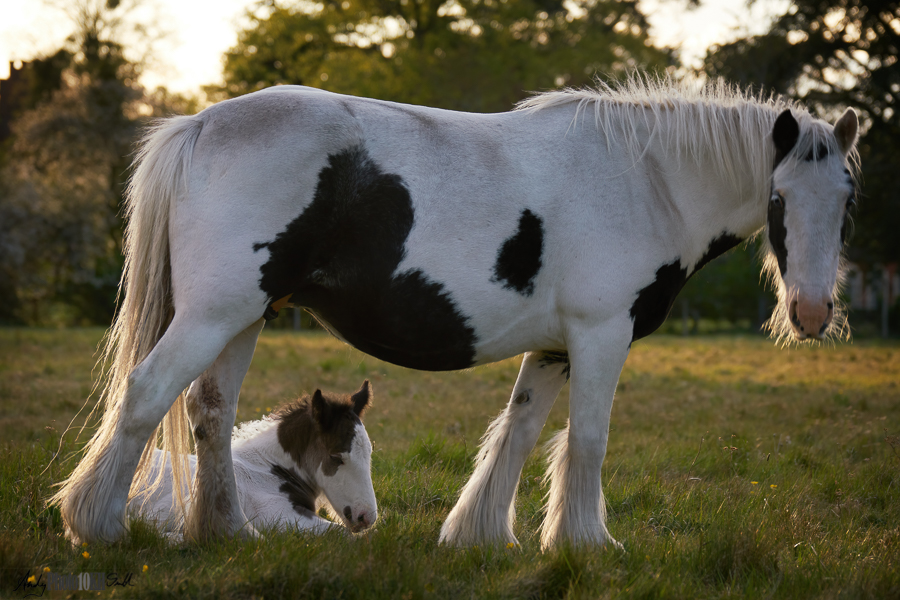
(2h) Stoke Poges Photographic Club – PDI Set subject final, my entries below:
3rd May
Hours 5,175 to 5,176
(1h) finishing application to the Sille Sanat Sarayi FIAP salon in Turkey.
(½h) YouTube:
- Ted Forbes: “Composition in Photography: Let’s Start Here” – the fundamentals of composition taught by cutting up pieces of paper. I will take some time to do the exercises – perhaps tomorrow.
- Nigel Danson: “This is why you should get up at 3am for landscape photography“.
(½h) writing up this journal.
2nd May
Hours 5,169 to 5,174
(2h) finalising changes to the “5,000 Hours – Half Way” post prior to second review by Fran.
Review by Fran.
(2h) implementing changes suggested, adding hypertext links and publishing.
(1h) creating a new potential A Panel and sending to my friend and mentor, Yin Wong, for comment.
(1h) processing entries for the Sille Sanat Sarayi FIAP salon in Turkey which requires writing some new photoshop actions to process to the correct file size.
1st May
Hours 5,166 to 5,168
(2h) structural changes to the “5,000 Hours – Half Way” post
(1h) updating this journal including start of month admin.
